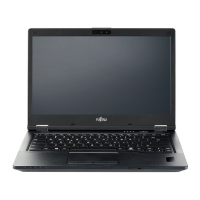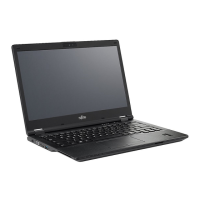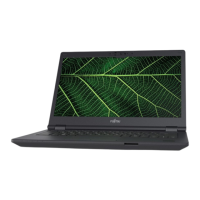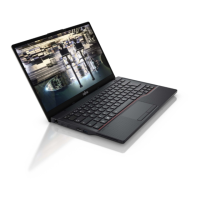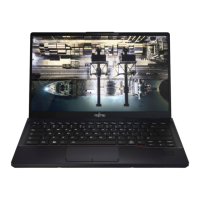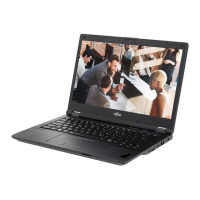Why my Fujitsu LIFEBOOK E544 does not start?
- MMargaret MillerAug 19, 2025
There are several reasons why your Fujitsu Laptop might not start. It could be due to the battery not being installed correctly, so check its placement in the compartment. The battery might also be dead, so try charging it, inserting a charged battery, or connecting the AC adapter. Finally, the AC adapter itself might not be properly connected, so ensure it's securely plugged into both the laptop and the power outlet.


